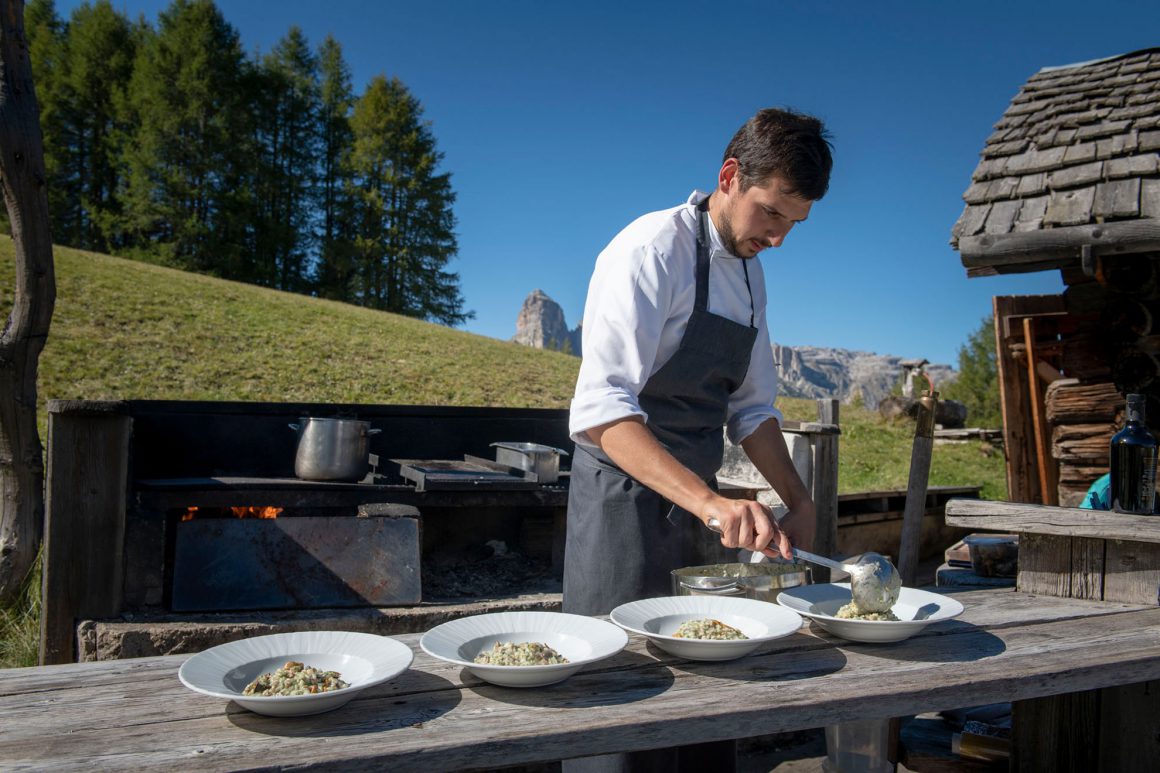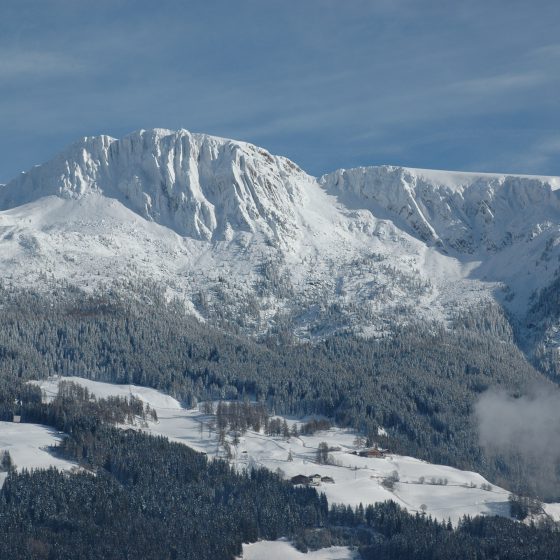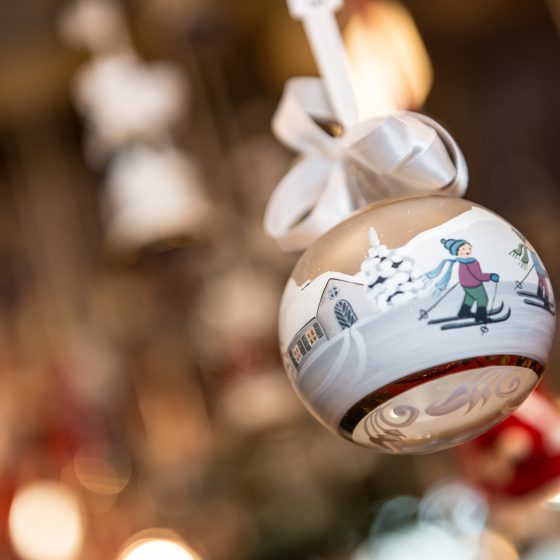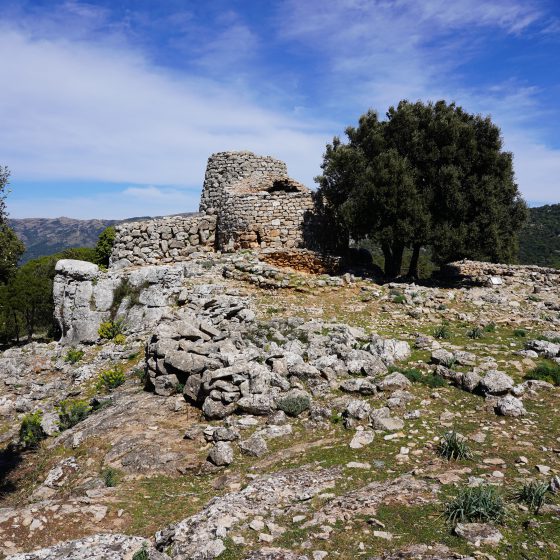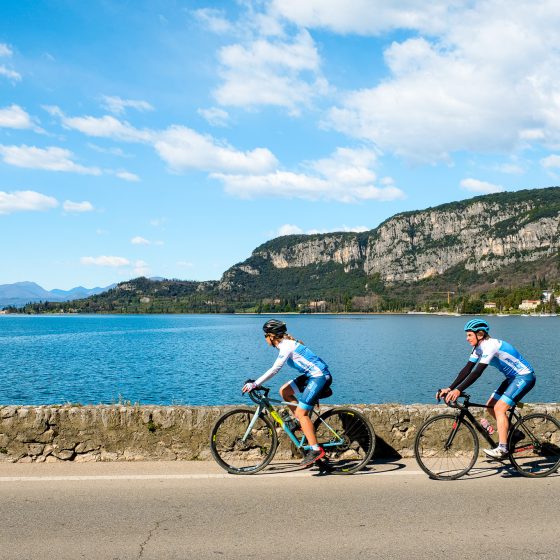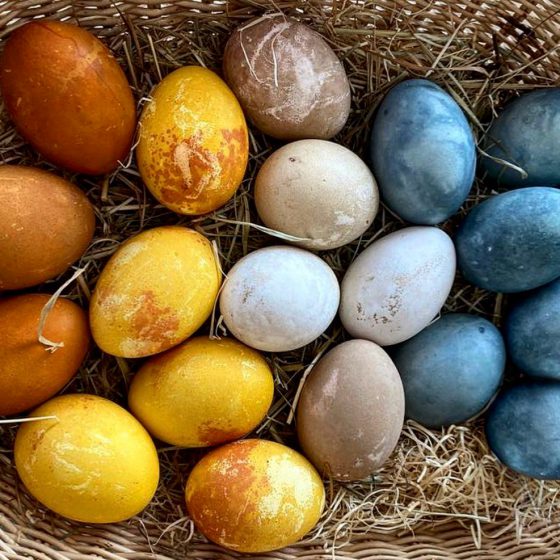Easter in Italy is a huge holiday, and depending on who you ask, it rivals Christmas in its importance for Italians. The days leading up to Easter are solemn, but Easter itself, or Pasqua, is a joyous celebration, marked with rituals and traditions. Easter is celebrated over two days in Italy – Pasqua (Easter Sunday), and the Monday following Easter, Pasquetta (Little Easter). Pasquetta or Lunedi dell’Angelo (Angel’s Monday), is a national public holiday, so businesses, schools, banks, and public offices are closed throughout the country, and most Italians will head out to enjoy the spring weather.
Naturally, any celebration in Italy includes special food and wine, and Easter is no exception. However, since Italy is a country comprised of very distinct regions, each with its own unique dishes and specialties, Easter Sunday meals vary greatly, not only by region, but even by city, valley, or village!
The two regions bounding the Dolomites – the Veneto and Trentino-Alto Adige / South Tyrol – are no different. For the main course on Easter it is almost mandatory to have agnello, or lamb. In the Veneto, a popular lamb dish is cosciotto al forno con le patate (roast leg of lamb with potatoes). While in Trentino-Alto Adige, there are polpettine Pasquali (Easter meat balls) made with ground lamb meat, parsley, shallots and rosemary. In some areas, such as in Sardinia, goat is more common than lamb.
Asparagus, one of the first vegetables of spring, plays a role in Easter culinary tradition throughout the north. In the Bolzano area in Alto-Adige / South Tyrol, Bozner is a traditional Italian sauce, similar in many ways to hollandaise, and is traditionally served as an accompaniment to asparagus on Easter Sunday lunch. In the Veneto however, asparagus is more commonly part of a spring risotto cooked with wild herbs, or even with baby artichokes.
Pane di Pasqua, or Easter Bread, is a sweet bread-like cake that graces Italian tables during the holiday. In Trentino-Alto Adige, it is an anise-flavored cake known as Osterbrot (German) or Forchaz (from the Ladin word for Focaccia). However, as with everything in Italy, the preparation varies by region, and in the Veneto a lemon/orange flavor is favored. But the Colomba di Pasqua, or Easter Dove, is perhaps the best known culinary symbol of Easter across Italy. Baked in the shape of a bird, and made with candied fruits and nuts like a Christmas Panettone, it is meant to symbolize peace.
Discover more about our experiences in the Dolomites & beyond!

